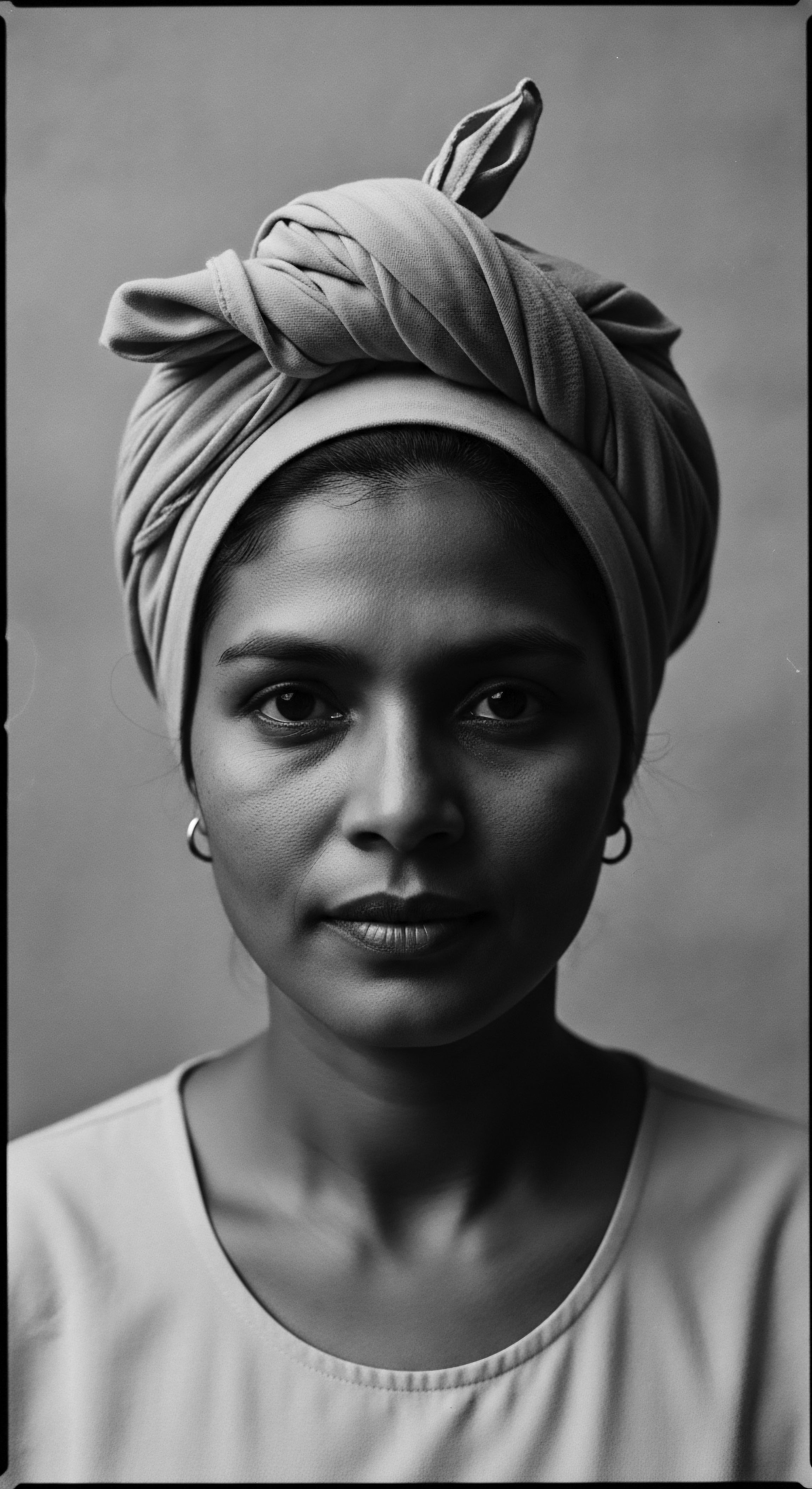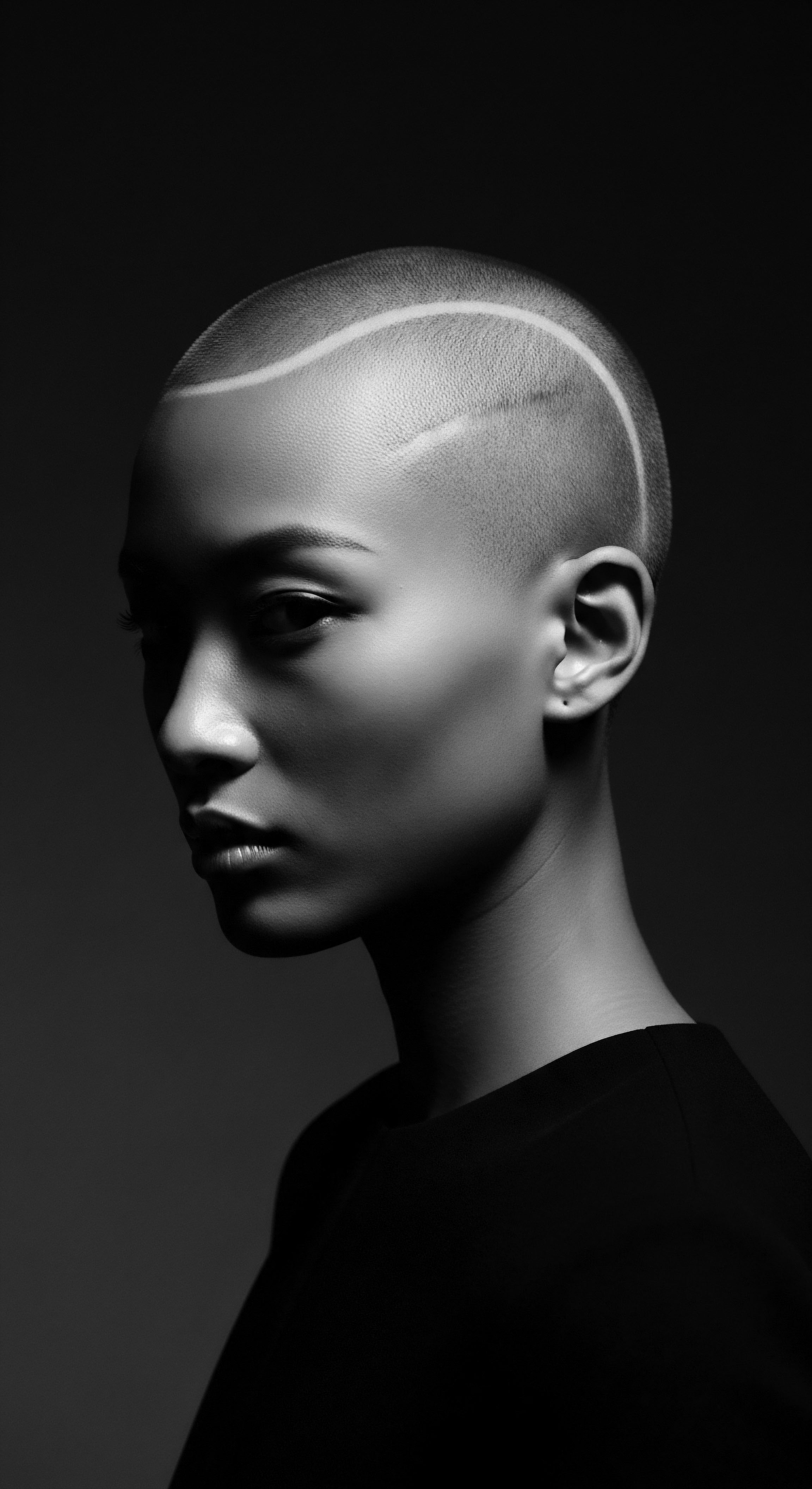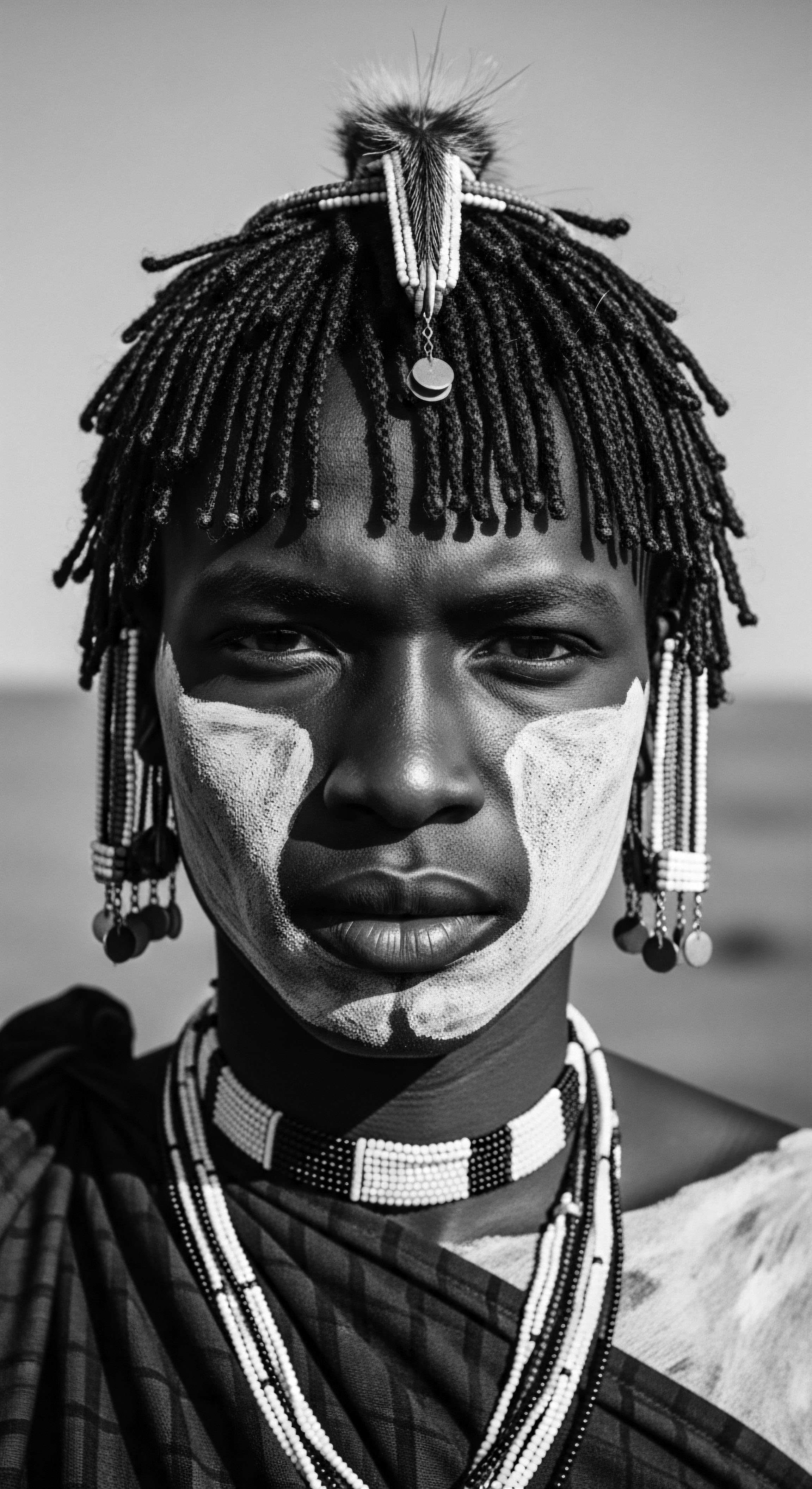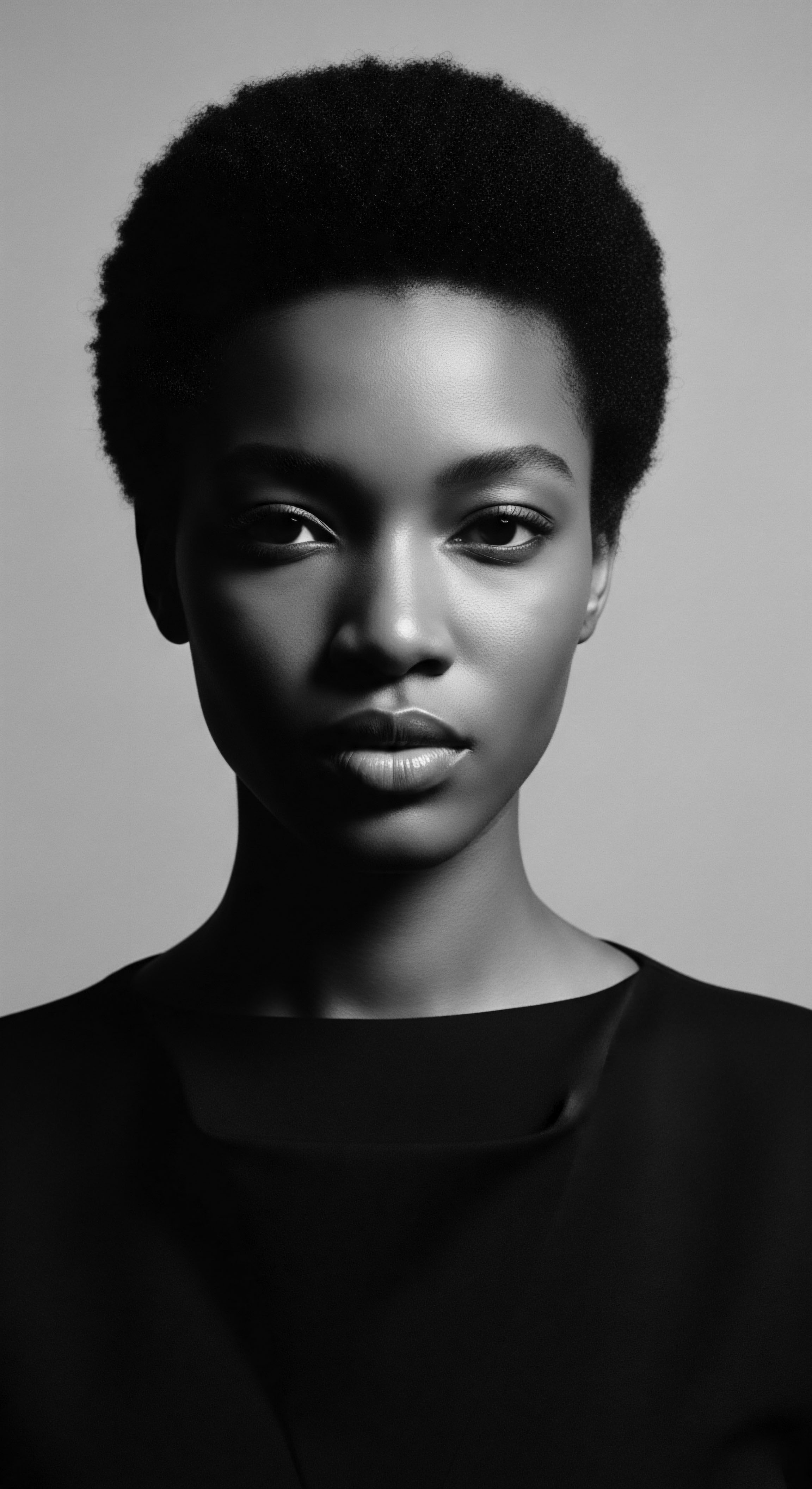
What cultural significance do specific hair care plants hold for Black communities?
Specific hair care plants embody a rich heritage for Black communities, offering tailored nourishment and symbolizing deep cultural connection for textured hair.

Why does textured hair require special care traditions?
Textured hair requires special care traditions because its unique biological structure necessitates specific hydration and protective approaches, deeply rooted in ancestral heritage.

How do ancient hair traditions preserve heritage?
Ancient hair traditions, through their rituals and inherent wisdom, serve as living archives of textured hair heritage.

What shea butter benefits textured hair?
Shea butter provides deep moisture and protection for textured hair, continuing an ancestral practice vital to hair health and cultural identity.

Ancient African Societies
Meaning ❉ Ancient African Societies denote diverse historical civilizations whose profound connection to textured hair shaped identity, status, and spiritual practices.

What is textured hair’s natural design?
Textured hair's natural design is a biological marvel, a cascade of spirals and coils, profoundly intertwined with ancestral heritage and cultural storytelling.

What is the ancestral significance of red palm oil for textured hair?
Red palm oil holds ancestral significance for textured hair as a foundational emollient and protective agent, deeply rooted in African cultural practices for nourishment and styling across generations.

In what ways did ancestral hair routines celebrate communal identity and heritage?
Ancestral hair routines solidified communal identity through shared practices, cultural transmission, and meaningful adornments.

Can ancient botanical knowledge explain current textured hair product efficacy?
Ancient botanical wisdom offers profound insights into the effectiveness of modern textured hair products, deeply rooted in ancestral heritage.

How does shea butter support textured hair resilience?
Shea butter aids textured hair resilience by providing deep moisture and reinforcing strands through its rich, heritage-honored composition.

How does ancestral heritage shape hair?
Ancestral heritage profoundly shapes textured hair through genetic adaptations, historical care practices, and enduring cultural significance.

In what ways do ancestral hair practices connect to modern textured hair care?
Ancestral practices provide foundational wisdom for modern textured hair care, deeply connecting present routines to a rich cultural lineage of resilience and adornment.

How do ancestral hair oils protect textured strands?
Ancestral hair oils protect textured strands by coating, penetrating, and sealing the cuticle, honoring generations of heritage.

How do ancestral hair care philosophies relate to contemporary textured hair practices?
Ancestral hair philosophies, rooted in deep observation, profoundly shape contemporary textured hair practices, underscoring a continuous heritage of care.

How does ricinoleic acid benefit textured hair?
Ricinoleic acid, the chief compound in castor oil, strengthens textured hair by moisturizing, soothing the scalp, and aligning with deep ancestral care traditions.

Do traditional hair remedies suit textured hair?
Traditional remedies suit textured hair by naturally addressing its core needs for moisture and protection, deeply rooted in ancestral knowledge.

How do hair butters aid textured hair resilience?
Hair butters aid textured hair resilience by deeply moisturizing, sealing the cuticle, and reinforcing its protective barrier, continuing an ancient heritage of care.

What is the heritage of natural hair?
The heritage of natural hair is a living archive, woven from ancestral practices, cultural resilience, and profound identity.

Why do textured hair protections matter for heritage?
Textured hair protections safeguard physical strands and preserve centuries of ancestral wisdom, cultural identity, and communal resilience.

Which ancestral ingredients are central to textured hair heritage?
Ancestral ingredients like shea butter, black soap, and various oils form the heritage core of textured hair care.

What cultural meanings did head wraps convey in African diaspora traditions?
Head wraps in the African diaspora conveyed protection, identity, spiritual connection, and powerful resistance for textured hair heritage.

How does hair porosity relate to ancestral care?
Hair porosity's connection to ancestral care highlights centuries of wisdom guiding textured hair's moisture balance and heritage preservation.

In what ways do textured hair traditions reflect communal resilience?
Textured hair traditions reflect communal resilience by preserving heritage, facilitating communication, and serving as visible acts of identity and defiance.

Can textured hair heritage practices inform modern dermatological recommendations for scalp health?
Textured hair heritage practices offer valuable insights into holistic scalp care, guiding modern dermatological recommendations through ancestral wisdom.

How do community rituals strengthen hair heritage?
Community rituals strengthen hair heritage by transmitting ancestral wisdom and cultural identity through shared care practices.

Can ancient plant wisdom inform contemporary Black hair wellness?
Ancient plant wisdom profoundly guides contemporary Black hair wellness by honoring historical practices for textured hair heritage.

Why are protective styles integral to textured hair heritage?
Protective styles are essential to textured hair heritage as they preserve hair integrity, carry ancestral practices, and communicate cultural identity.

Why do textured hair traditions prize ancestral oils?
Textured hair traditions prize ancestral oils for their deep historical roots, protective qualities, and cultural significance that nourishes hair and heritage.

